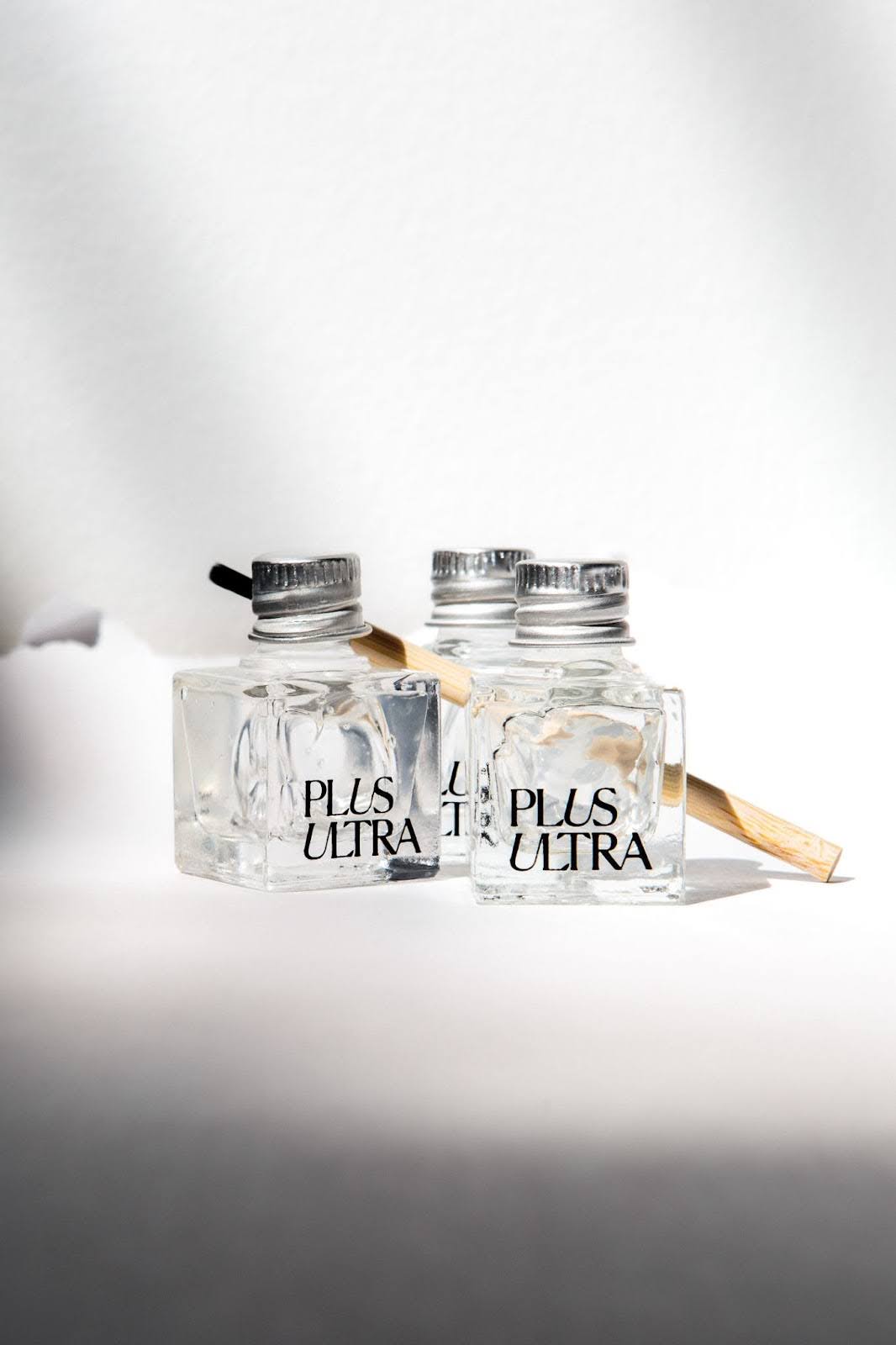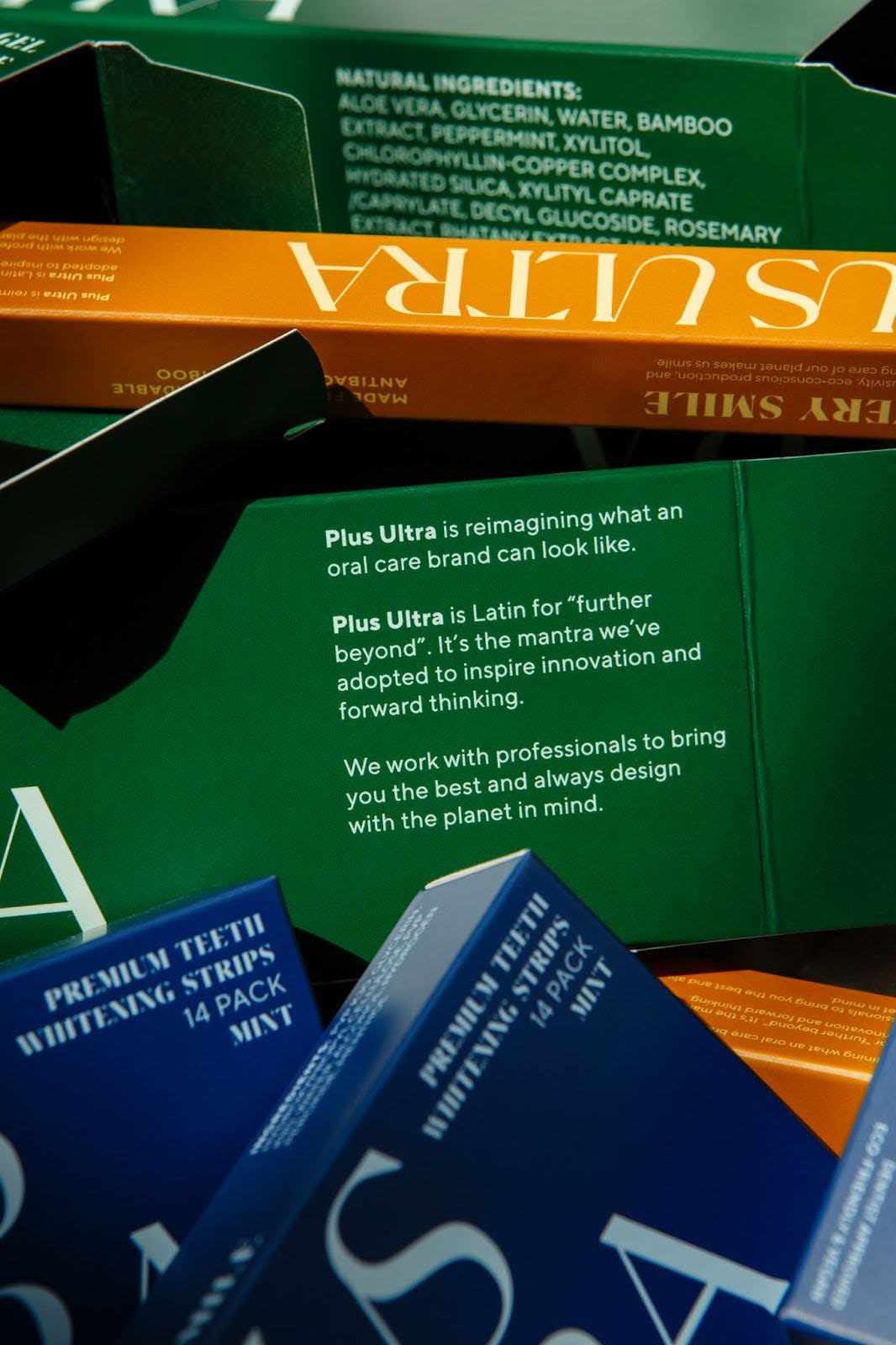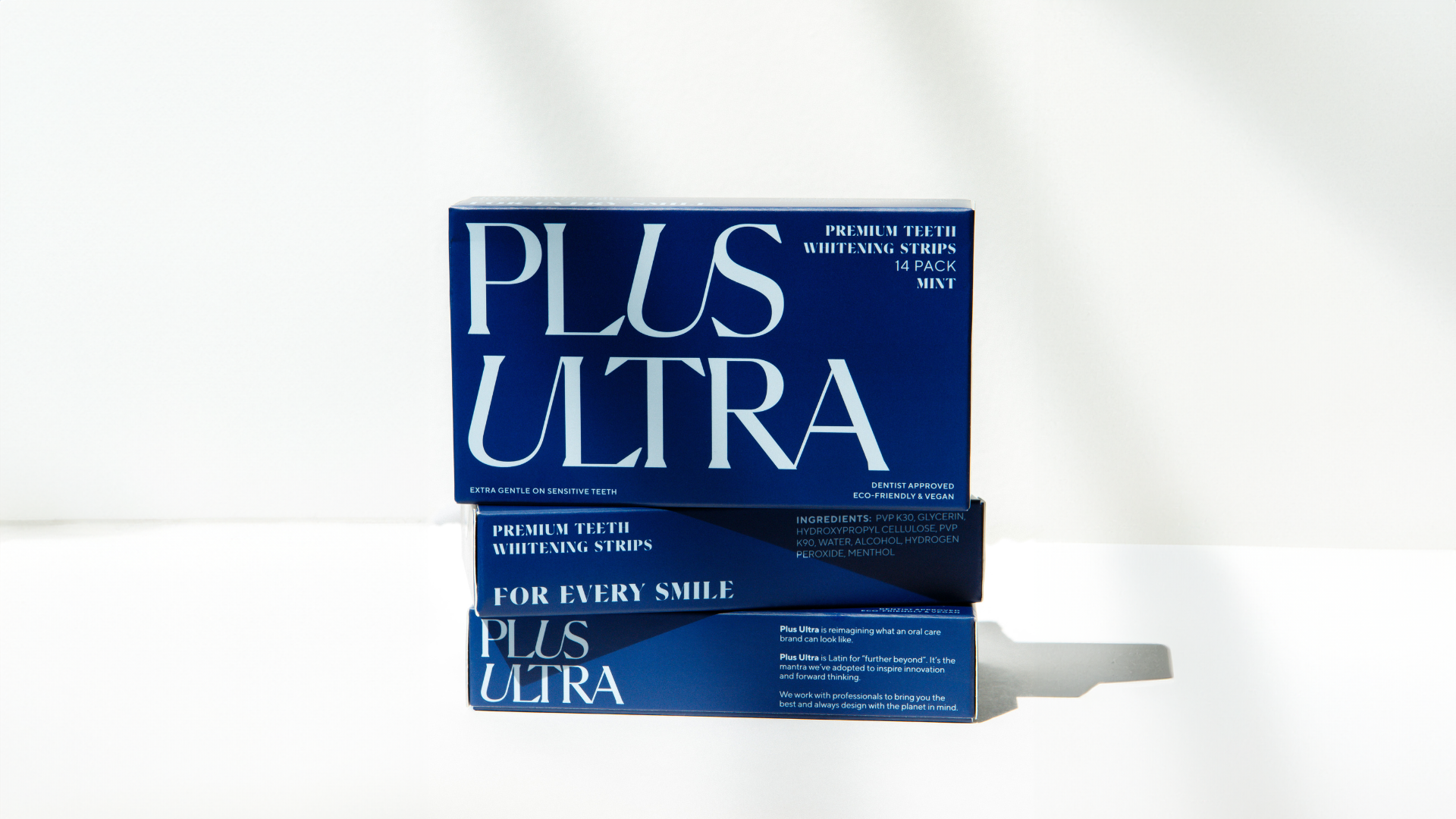Key Takeaways:
- Post-Whitening Care: After using whitening strips, it's crucial to rinse your mouth, stay hydrated, and manage any sensitivity. Avoid foods and drinks that can stain your teeth for at least 48 hours to maintain the whitening effect.
- Maintaining Results: Long-term maintenance of whitening results involves regular oral hygiene practices, including brushing and flossing and mindful consumption habits. Using whitening toothpaste and avoiding staining substances can help prolong the effects.
- Managing Sensitivity: Temporary sensitivity is a common side effect. For professional advice and strategies on attaining your best smile, check out Should You Brush Your Teeth After Using Whitening Strips?
Immediate Steps After Using Whitening Strips
After you've completed your whitening strip session, you should take a few immediate steps to maximize the treatment's efficacy and minimize any potential side effects. Here's what to do right after using whitening strips:
- Remove The Strips Carefully: Gently peel away the whitening strips from your teeth, starting from the back and working your way to the front. Avoid tugging or pulling too hard to prevent irritating your gums.
- Rinse Your Mouth Thoroughly: Use lukewarm water to rinse your mouth, ensuring you remove any residual gel from your teeth and gums. You can swish the water around your mouth gently before spitting it out.
- Brush Gently: Wait at least 30 minutes after removing the strips before brushing your teeth. This allows your enamel to rehydrate and minimizes the risk of sensitivity.
- Avoid Staining Foods And Beverages: Avoid foods and drinks that stain teeth for at least 48 hours after using whitening strips. This includes coffee, tea, red wine, dark sodas, and brightly colored foods like berries.
- Stay Hydrated: Drinking plenty of water helps rinse away food particles and bacteria from your mouth but also assists in keeping your teeth and gums healthy. Proper hydration can also lessen the chances of developing tooth sensitivity after using whitening strips.
- Evaluate Your Sensitivity Levels: It's not uncommon to experience tooth sensitivity or mild gum irritation after using whitening strips. Monitor your sensitivity levels, and if they are particularly uncomfortable or last longer than a few days, consider using a toothpaste designed for sensitive teeth.
Maintaining Your New Smile: Essential Tips
After achieving the desired brightness with whitening strips, maintaining that newfound radiance, such as with Plus Ultra’s Premium Teeth Whitening Gel and more, becomes the next important step. Here are essential tips to ensure your smile stays as brilliant as possible for the long term:
1. Adopt A Consistent Oral Hygiene Routine
The cornerstone of any smile-maintenance plan is regular and thorough oral hygiene. Brush your teeth at least twice daily with toothpaste and floss daily to remove plaque and prevent staining.
2. Schedule Regular Dental Checkups
Visiting your dentist regularly for checkups and professional cleanings is crucial. Not only does this help catch any emerging dental issues early, but professional cleanings can also remove tartar and surface stains, keeping your teeth looking their best.
3. Use Straws When Possible
When consuming beverages known to stain teeth, using a straw can significantly reduce direct contact with your teeth, thereby preventing stains. This is particularly helpful for cold drinks like iced coffee, tea, and sodas.
4. Touch-Up Treatments
Depending on your personal habits and the natural aging process, the whiteness of your teeth might gradually fade over time. Doing a touch-up treatment every 6 to 12 months may benefit you.

Products To Avoid After Whitening Your Teeth
After investing time and effort in whitening your teeth, it's crucial to maintain those results as long as possible.
1. Colored Beverages
Beverages high in chromogens, substances with strong pigments, can quickly stain newly whitened teeth. Coffee, tea, red wine, colored sodas, and fruit juices fall into this category.
2. Acidic Foods And Drinks
Acidic substances can exacerbate tooth sensitivity post-whitening and weaken enamel over time, making teeth more susceptible to staining. Citrus fruits, juices, tomatoes, vinegar-based products, and carbonated soft drinks should be consumed cautiously.
3. Tobacco Products
Tobacco products, including cigarettes, cigars, and chewing tobacco, are among the leading causes of tooth discoloration. The nicotine and tar in tobacco can create stubborn stains that penetrate deep into the enamel, which are much harder to remove than surface stains.
4. Highly Pigmented Foods
Just as with beverages, foods with dark pigments can impact the whiteness of your teeth. Berries (such as blueberries, raspberries, and blackberries), soy sauce, balsamic vinegar, and dark sauces like tomato sauce contain chromogens that can cling to tooth enamel and cause staining.
5. Certain Mouthwashes
Surprisingly, some types of mouthwash can affect the color of your teeth. Mouthwashes containing chlorhexidine, cetylpyridinium chloride, and other antiseptics may lead to staining over time.
How Often Should You Use Whitening Strips?
Deciding on the frequency of whitening strips is crucial for safeguarding dental health while achieving effective whitening results. Overuse can lead to tooth sensitivity, gum irritation, and even damage to the tooth enamel, so it’s important to strike the right balance.
Recommended Usage Frequency
The recommended usage frequency largely depends on the specific product being used, as the concentration of the whitening agent can vary between brands and types of strips. Typically, most over-the-counter whitening strips are designed for daily use over a period of one to two weeks.
Individual Considerations
It's also essential to consider your individual dental health when determining how often to use whitening strips. If you have sensitive teeth, you may need to reduce the frequency of use or choose strips specifically designed for sensitivity.
Signs Of Overuse
Being vigilant about the signs of overuse can help prevent irreversible damage to your teeth. Symptoms to watch for include:
- Increased tooth sensitivity, especially to hot and cold temperatures
- Gum irritation or recession, which could lead to more significant dental issues
- Enamel degradation, leading to a duller appearance and increased vulnerability to cavities and decay
- Discoloration or uneven whitening, as overuse, can affect the uniformity of your tooth color

Final Thoughts
Maintaining a bright smile with whitening strips requires a holistic oral care approach. After treatment, rinse well and avoid stain-causing foods and drinks. Long-term, maintain regular brushing, flossing, and dental check-ups.
Being mindful of product use and treatment frequency is key to preserving your teeth's health and appearance. You can enjoy a brighter smile by following these guidelines with Plus Ultra's Premium Essentials.
Read also:- How Often Should An Electric Toothbrush Head Be Replaced?
- What Type Of Toothbrush Should I Use?
- Reintroducing: PLUS ULTRA
Frequently Asked Questions
Can I drink water after whitening strips?
Yes, you can drink water after using whitening strips. It’s encouraged to help rinse your mouth and hydrate.
How long should I wait to eat after using whitening strips?
It’s best to wait at least 30 minutes to an hour before eating or drinking anything other than water after using whitening strips. This gives the whitening agents time to work properly.
Is it normal for my teeth to be sensitive after using whitening strips?
Yes, it's common to experience some sensitivity after using whitening strips. This should diminish after a few days.
Can I brush my teeth immediately after using whitening strips?
It’s advised to wait at least 30 minutes before brushing your teeth after removing whitening strips. Brushing too soon can irritate your gums and affect the whitening process.
How can I maintain my results after using whitening strips?
To maintain your results, practice good oral hygiene, avoid stain-causing foods and beverages, and consider using a whitening toothpaste. Regular touch-up treatments can also help.
Can I use a mouthwash right after applying whitening strips?
It's best to wait at least 30 minutes before using a mouthwash, especially if it’s colored or contains alcohol. This could affect the whitening process or cause sensitivity.
How often can I use whitening strips?
Follow the product’s instructions. Most recommend using them once daily for two weeks for initial treatment and then occasionally for maintenance.
What should I do if my gums hurt after using whitening strips?
If your gums hurt, it could be due to irritation from the whitening agent. Try reducing the frequency of use and ensuring the strips are not in contact with your gums.
Can smoking affect the results of my teeth whitening?
Yes, smoking can stain your teeth and undermine the results of your whitening treatment. For lasting results, it’s advised to avoid smoking or to quit altogether.
How soon can I see results from using whitening strips?
Results can vary, but many see noticeable improvements within a few days of consistent use. Full results typically show after the complete course of treatment, usually two weeks.


